Delhi
Delhi
Delhi, is the capital of India. This garden city is one of the world’s most elegant capitals. From New Delhi to Old Delhi is a transformation from cold spacious avenues to elaborate narrow streets studded with Mosques, temples, monuments and bazaars
JAMA MASJID - India’s largest mosque, built of red sandstone and white marble by Emperor Shah Jehan in the 17 century. Three sides of the great courtyard are bordered by delicate cloisters leading out to three gateways.
CHANDNI CHOWK – The northern gate of the mosque leads on to this once Imperial avenue down which rode lavish cavalcades. Today, everything rides down Chandni Chowk; bullock carts, limousines, horse carriages, scooter-taxis, a sea of humanity interspersed with cows and donkeys.
RED FORT – The symbol of Mogul power and elegance built in 1648. The entrance to the fort runs through a covered passage on to a spacious lawn, at the end of which is a hall of public audience – Diwan-I-Am. In the Diwan—i-Khas the hall of private audience stood the world famous Peacock Throne. The original ceiling of this marble room was of solid silver and on its walls is inscribed an immportal Persian couplet.
RAJ GHAT – Mahatma Gandhi’s memorial where every Friday a ceremony is held.
QUTAB MINAR – Begun by Qutub-ud-Din, the first Moslem Sultan of Delhi and founder of the slave dynasty in the year 1199. The Tower is 71 metres tall and its walls consist of intricately carved quotations from the Koran. At the foot of the Qutab Minar is the Quwwat-ul-Islam Mosque, the first ever to be built in India on the foundations of a Hindu temple.
HUMAYUN’S TOMB – Built by the Moghul Emperor’s grieving wife, Haji Begum in the middle of the 16th century. It is a soothing blend of red sandstone with white, black and yellow marble
PURANA QILA (Old Fort) – The present fort was built in the middle of the 16th century within the fortress walls is Sher Shah’s mosque, an example of Indo-Afghan architecture
JANTAR MANTAR - Built in 1725 by the Maharajah Jai Singh II of Jaipur. It consists of six huge instruments in masonry devised to suit the movements of the solar system
INDIA GATE – The country’s memorial to the unknown soldier Uniexpress Pvt. Ltd. (UNEX) IATA Accredited International Travel Centre Recognized by Govt. of India
PRESIDENT HOUSE - Rashtrapati Bhavan is the official residence of the President of India, formerly the residence of the Viceroy of India. It has a magnificent view of the Rajpath and Symmetrical North and South Block Government offices
BIRLA MANDIR – Birla Mandir also known as Lakshmi Narayan Temple, is a large Hindu temple built in 1938. People of all faiths can enter and worship, but one must walk barefoot into the courtyard and further on CONNAUGHT PLACE - Connaught Place is the foremost shopping center of Delhi, built in a horse-shoe pattern, consisting of inner, middle and outer circles
DILLI HAAT – Dilli Haat also popularly know as an ethnic shopping center famous for crafts and food
AKSHARDHAM TEMPLE - Akshardham temple has been made by a charitable trust. It extends for 25 hectares of lush green area and is surrounded on three sides by river Yamuna. The architecture and design of the Akshardham Temple is just wonderful. Inside the Akshardham temple is composed of pure white marble. In the living room is a beautiful example of the great work of artists with thousands of bells hanging in exile.
NATIONAL MUSEUM - The National Museum in New Delhi is one of the largest museums in India. Established in 1949, it holds variety of articles ranging from pre-historic era to modern works of art. The museum has 200,000 works of art, both of Indian and foreign origin, covering over 5,000 years.
LOTUS TEMPLE – Located in the south of Delhi, it is lotus shaped and has rightly been given the name. It is made of marble, cement, dolomite and sand. It is open to all faiths and is an ideal place for meditation and obtaining peace and tranquility. The Bahá'í Faith is the youngest of the world's independent religions. The central theme of Bahá'u'lláh's message is that humanity is one single race and that the day has come for its unification in one global society.
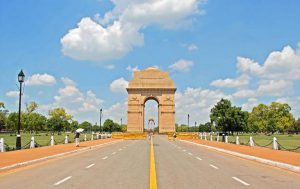
Recommended Package

GOLDEN TRIANGLE TOUR WITH BHARATPUR “10 DAYS”
Read more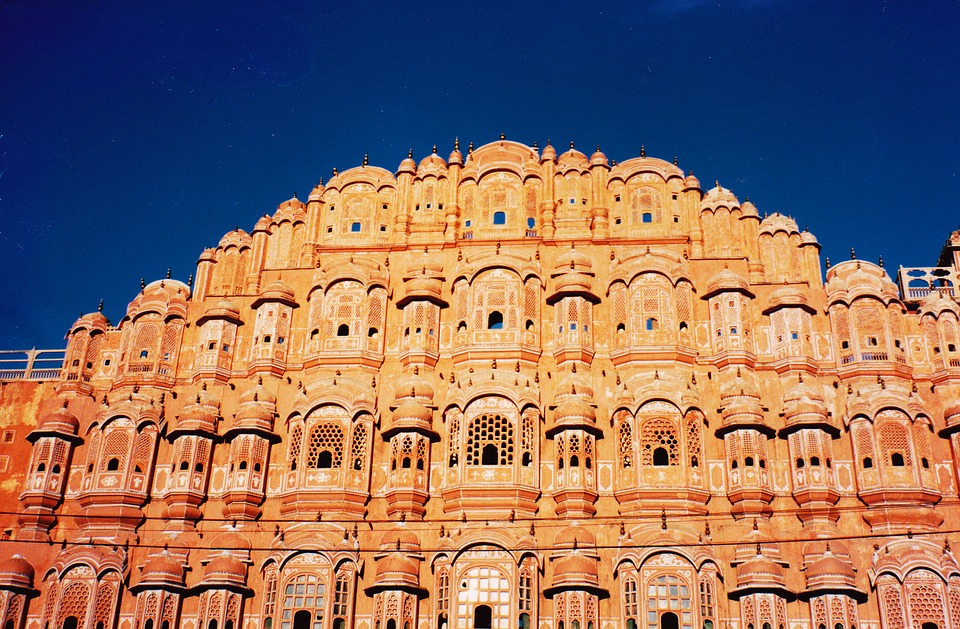
GOLDEN TRIANGLE TOUR WITH PUSHKAR “10 DAYS”
Read more
GOLDEN TRIANGLE WITH WILDLIFE SANCTUARY “10 DAYS”
Read more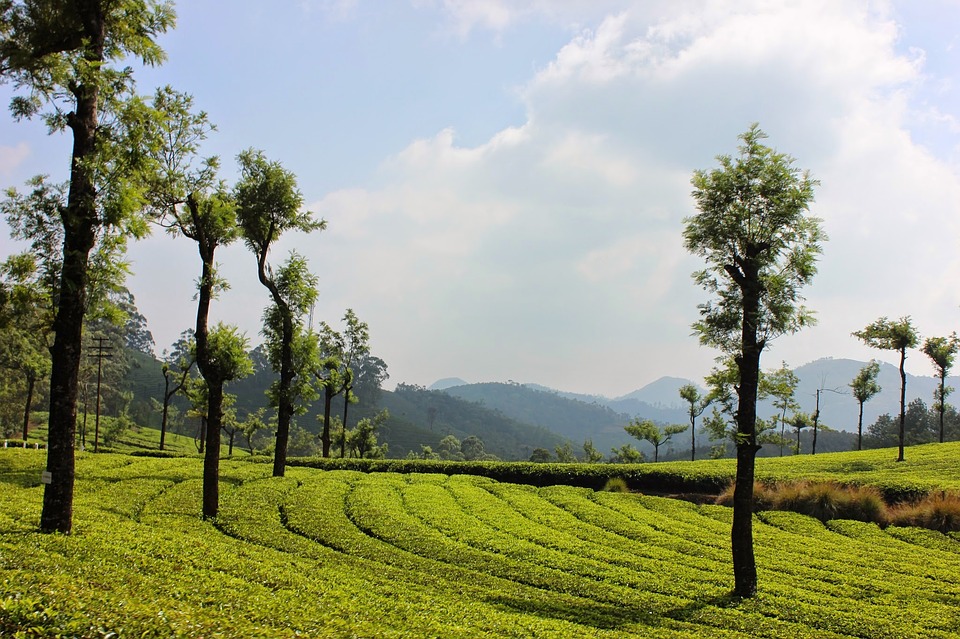
BACKWATERS OF KERALA WITH GOA “11 DAYS”
Read more
KASHMIR WITH LADAKH DELIGHT “14 DAYS”
Read more
JEWELS OF KASHMIR “09 DAYS”
Read more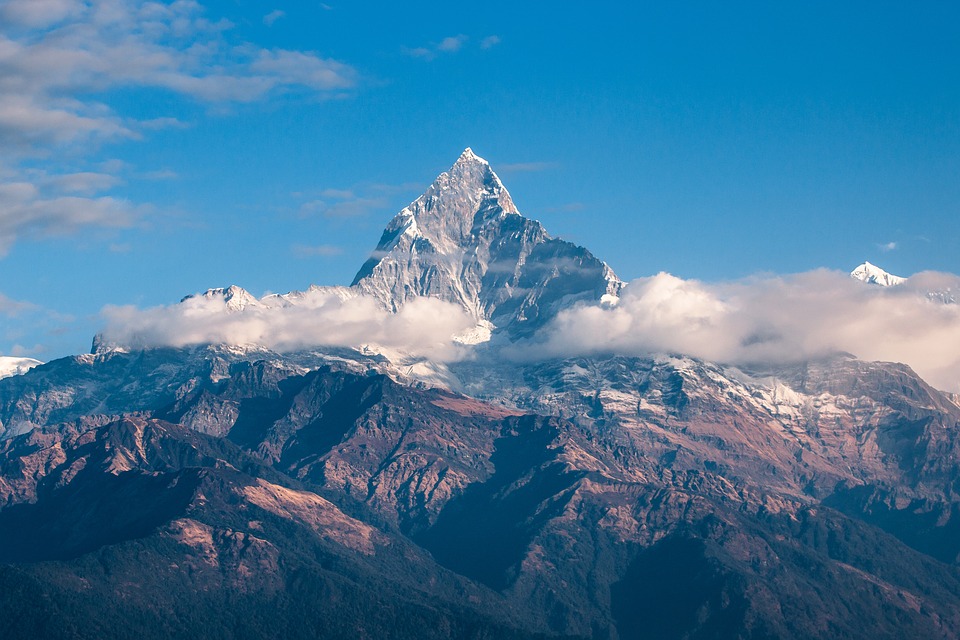
NEPAL WITH BHUTAN - MOUNTAIN KINGDOM “13 DAYS”
Read more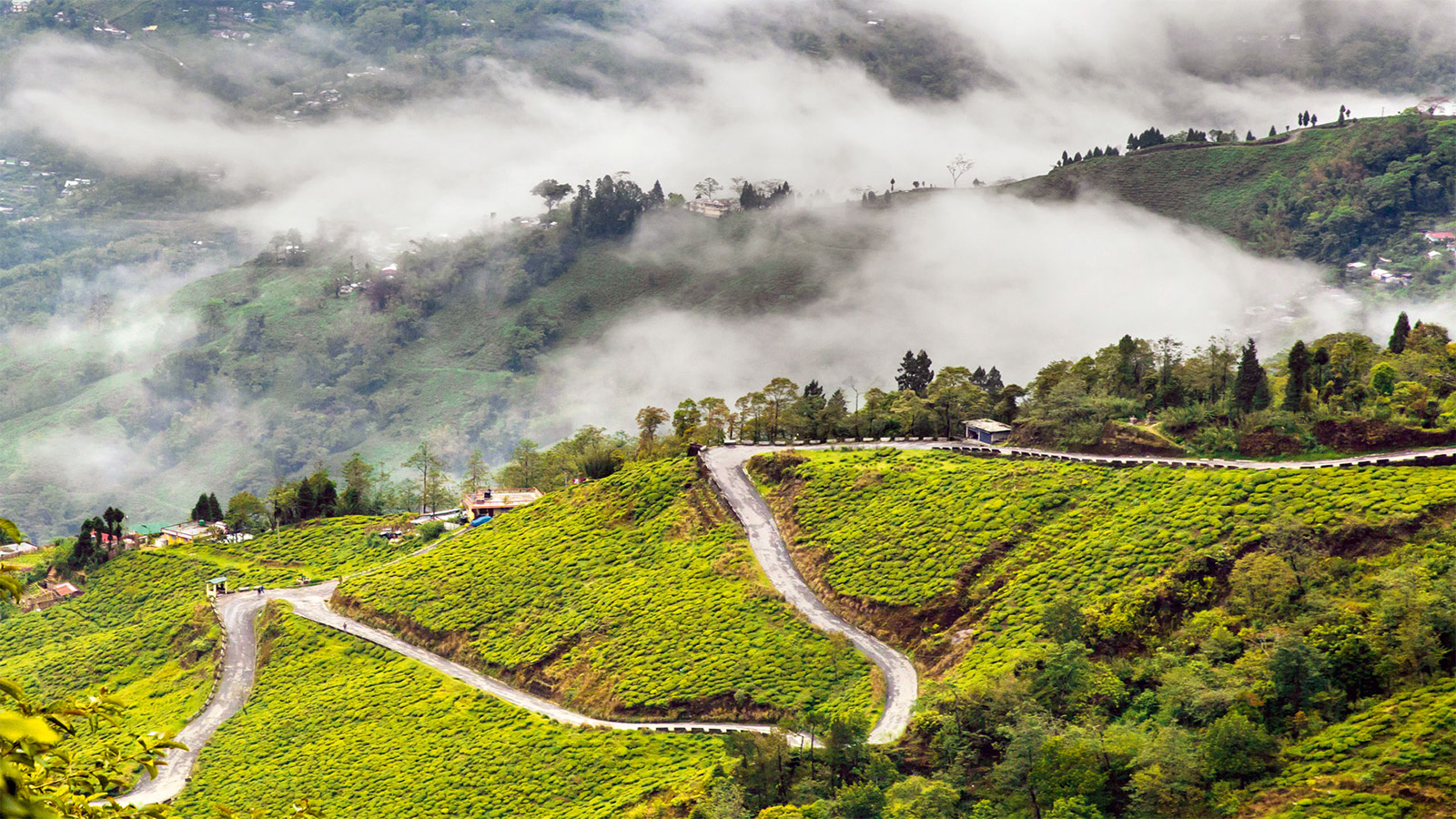
SIKKIM WITH BHUTAN “16 DAYS”
Read more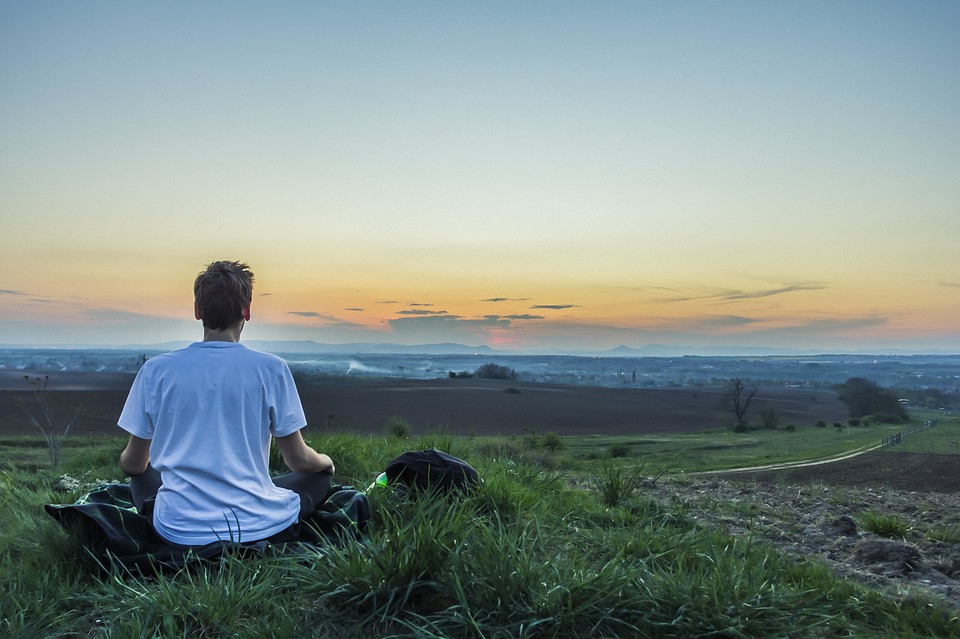
YOGA & MEDITATION “09 DAYS”
Read more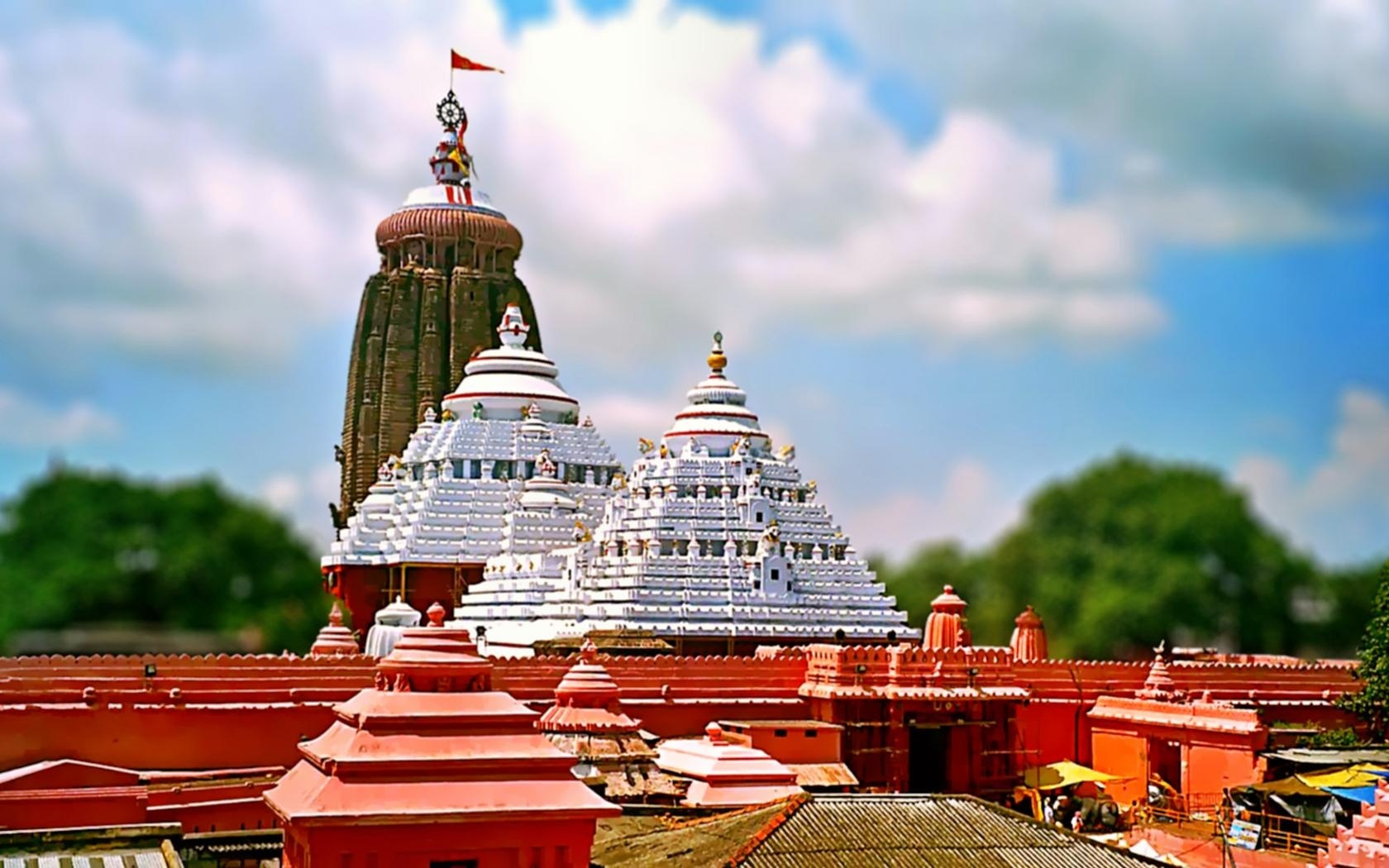
SPLENDORS OF THE EAST “09 DAYS”
Read more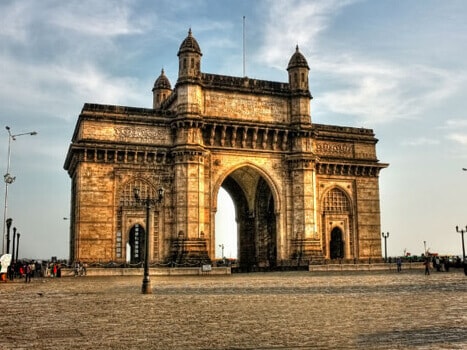
WEST AND NORTH INDIA WITH NEPAL “18 DAYS”
Read more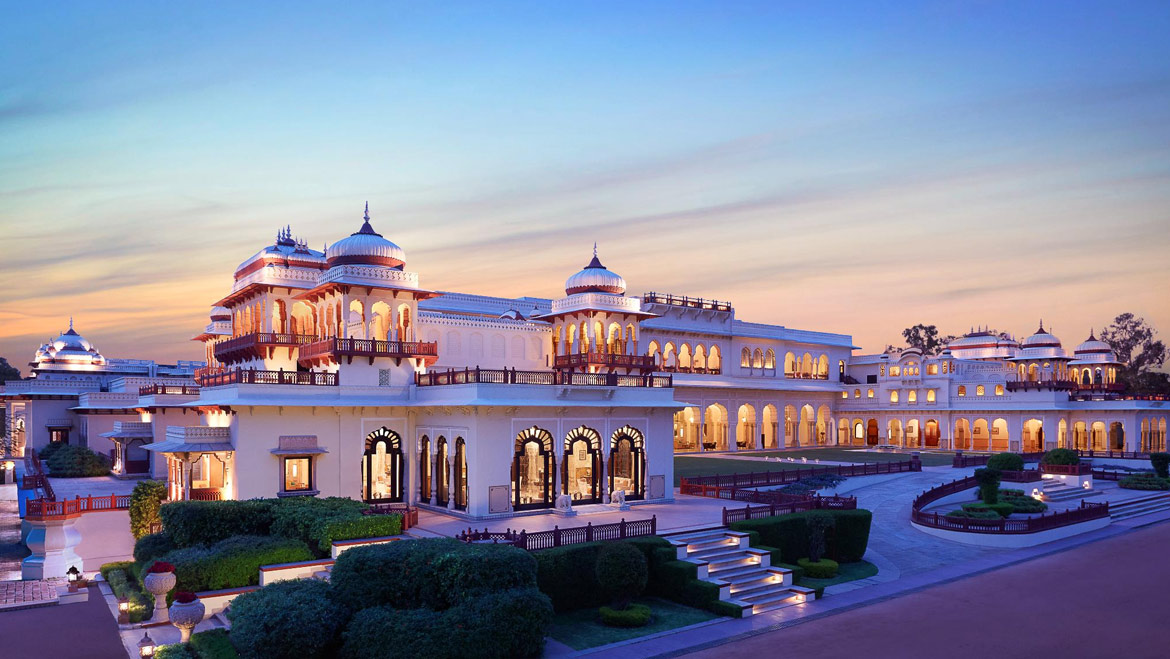
SPLENDID NORTH INDIA WITH NEPAL “14 Days”
Read more
BEST OF RAJASTHAN WITH AGRA “21 DAYS”
Lorem ipsum dolor sit amet, consectetur adipisicing elit, sed do eiusmod tempor incididunt ut labore et dolore magna aliqua. Ut enim ad minim ven.
Read more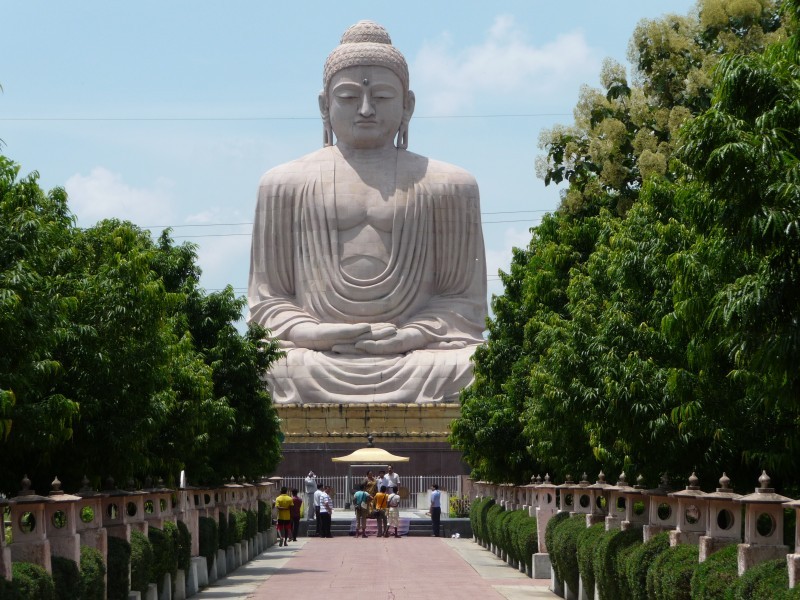
WEST INDIA BUDDHIST WITH CULTURE TOUR “16 DAYS”
Travellers should also aim to attend the flag lowering ceremony which takes place at the Wagah border.
Read more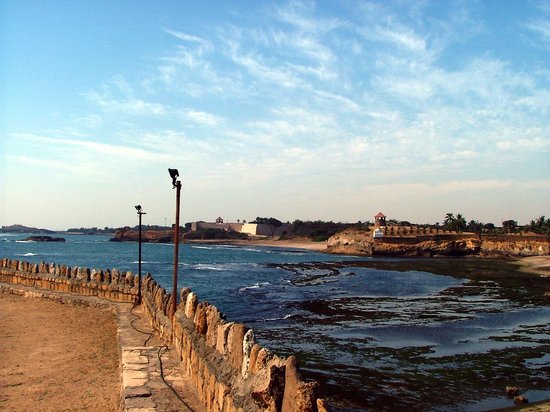
RAJASTHAN WITH GUJRAT “26 DAY”
While wandering across Goa, you are likely to come across Hindu temples, Portuguese churches and wildlife sanctuaries.
Read more
FOOT STEPS OF BUDDHA “12 DAYS”
as well as an array of rare wildlife. Must-see destinations include Jaipur, Udaipur and Jodhpur among many others.
Read more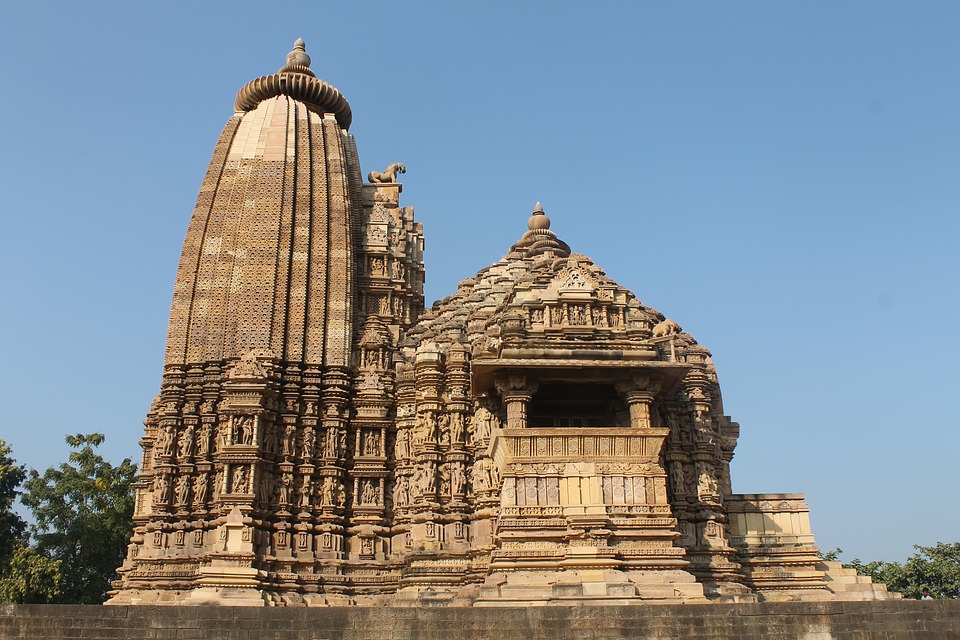
HERITAGE TOUR IN INDIA “17 DAYS”
For those in search of a serene hill station, Munnar is always a good option.
Read more
NORTH INDIA PILGRIMAGE “10 DAYS”
Lorem ipsum dolor sit amet, consectetur adipisicing elit, sed do eiusmod tempor incididunt ut labore et dolore magna aliqua. Ut enim ad minim ven.
Read more